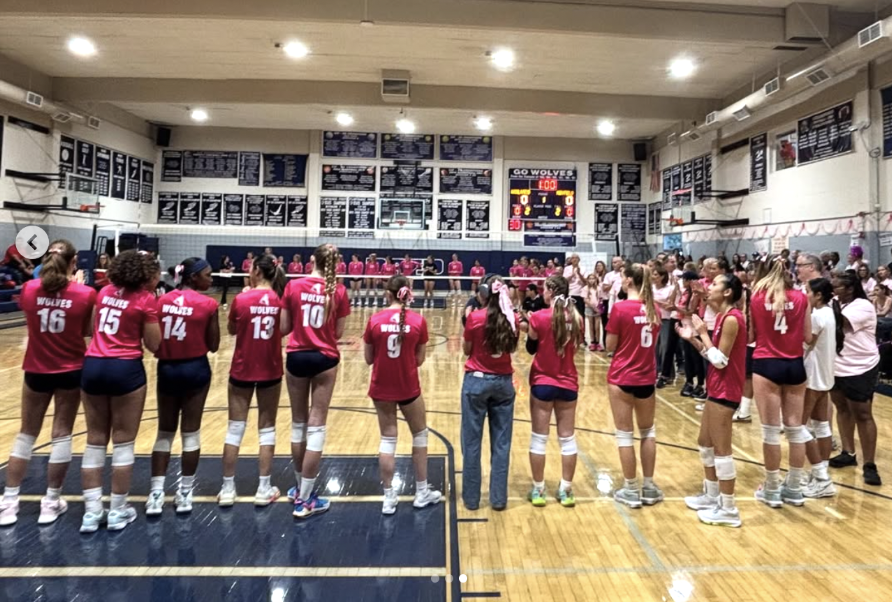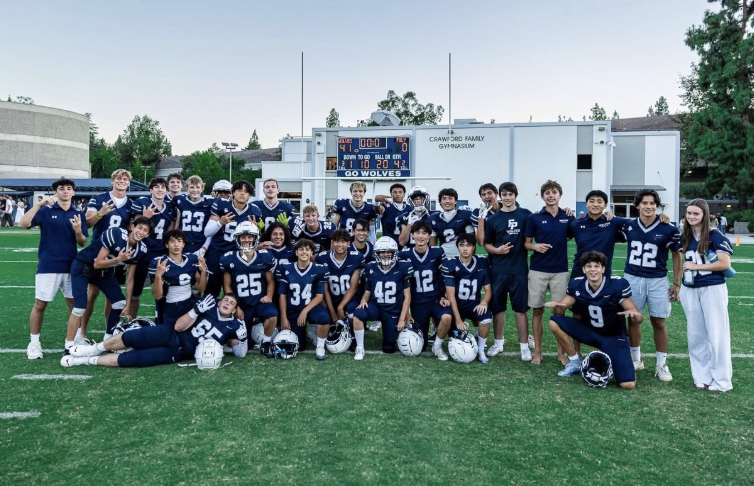1) Florida State’s disastrous start to the year
Florida State, one of the nation’s premier college football powerhouses, is coming fresh off of a standout 2023 season, one in which they won the ACC (Atlantic Coast Conference) championship and finished 13-1, the first time doing so since 2014. While losing star quarterback Jordan Travis to the NFL draft, high expectations still awaited Florida State’s 2024 season with incoming quarterback transfer, DJ Uiagalelei, grabbing the starting spot coming into head coach Mike Norvell’s sixth season at Florida State University (FSU). Yet, entering the season ranked in the top ten, the Florida State team has extremely underperformed expectations. The Seminoles opened with a narrow loss to Georgia Tech in Ireland, 24-21, despite a strong defensive effort. Their struggles continued with a surprising 28-13 home defeat to Boston College, where FSU’s offense struggled to find rhythm. After starting 0-2, the Seminoles only hoped to right the ship against Memphis, a mightily inferior team on the hunt for an upset. Yet shockingly, FSU continued its losing streak falling to 0-3 again with a final score of 20-12 marking the first time since 2020 that a team ranked top 10 going into the year lost their first three games. With the college football playoff already out of question for this struggling Florida State team, one can only hope that they can right the ship and save their already somewhat lost season.
2) The addition of a 12 team college football playoff and what to expect in 2024
The 2024 college football season brings a monumental change with the long-anticipated expansion to a 12-team playoff format. This shift promises to reshape the landscape of the postseason, creating more opportunities for teams to compete for a national championship and adding excitement for fans. In the 12-team format, six conference champions will receive automatic bids, with the remaining six spots filled by the highest-ranked at-large teams, as determined by the CFP (College Football Playoff) Selection Committee. The top four conference champions will be seeded 1 through 4 and receive first-round byes, while the remaining eight teams will play in the opening round. These first-round games will take place on the higher-seeded team’s campus, giving fans the opportunity to see playoff football in iconic college stadiums. The quarterfinals and semifinals will then be held at traditional New Year’s Six bowl game locations, rotating between venues such as the Rose Bowl, Orange Bowl, and Sugar Bowl. While the championship game will remain a neutral-site affair, following the format of the current CFP model.
The most exciting aspect of this expansion is the increased inclusion of teams outside the traditional powerhouses. Under the four-team playoff system, the same few schools—Alabama, Clemson, Ohio State, Georgia—often dominated the conversation. The 12-team model opens the door for teams from conferences like the Big 12, Pac-12, or even the American Athletic Conference to have a legitimate shot at making the playoffs.
With automatic bids for conference champions, programs from outside the Power Five, such as those in the Group of Five conferences, will have a much clearer path to the postseason. Teams that may have narrowly missed out in previous years, like a one-loss Big Ten or SEC squad, now have additional chances to prove themselves in the playoff.
3) The dominance of two freshman wide receivers
Oftentimes at college football powerhouses such as Alabama and Ohio State, new recruits will redshirt or sit on the bench early in their college career in order to gain experience. The college game, when played at the highest level, moves at an extremely faster rate than even the highest levels of high school football and can prove extremely difficult to adjust to. Despite this, the college football world is being taken by storm by two true freshman wide receivers, Jeremiah Smith and Ryan Williams. Jeremiah Smith, a five star recruit coming out from Florida, and Ryan Williams, hailing from Saraland High School, a mere 185 miles from the great college football powerhouse, have quickly emerged as two of the most dynamic freshman receivers in the 2024 season. Smith, the top-rated recruit, has lived up to the hype, consistently making big plays, racking up 281 yards and four touchdowns through just three games. Williams, who graduated a year early to come play ball at Alabama, at just 17 years old, has impressed with his speed and chemistry with Alabama’s offense, scoring two touchdowns in his debut game. Both are establishing themselves as game-changers early in their college careers paving the way for an exciting future for these young receivers. As the college football season barrels toward midseason, every game carries the weight of championship dreams and legacy-defining moments. With the intensity only set to rise, fans are in for a thrilling ride that will undoubtedly shape the future of the sport.












